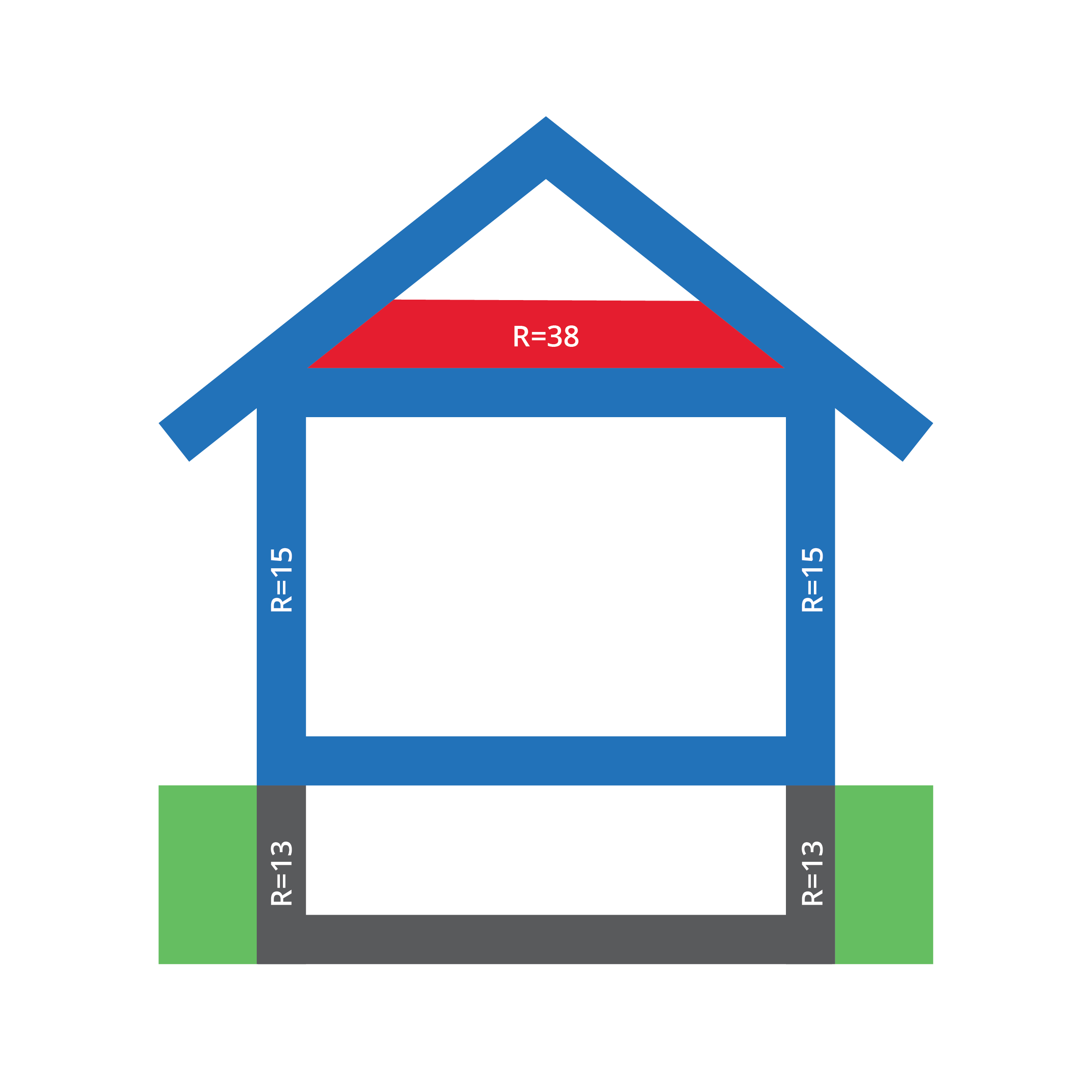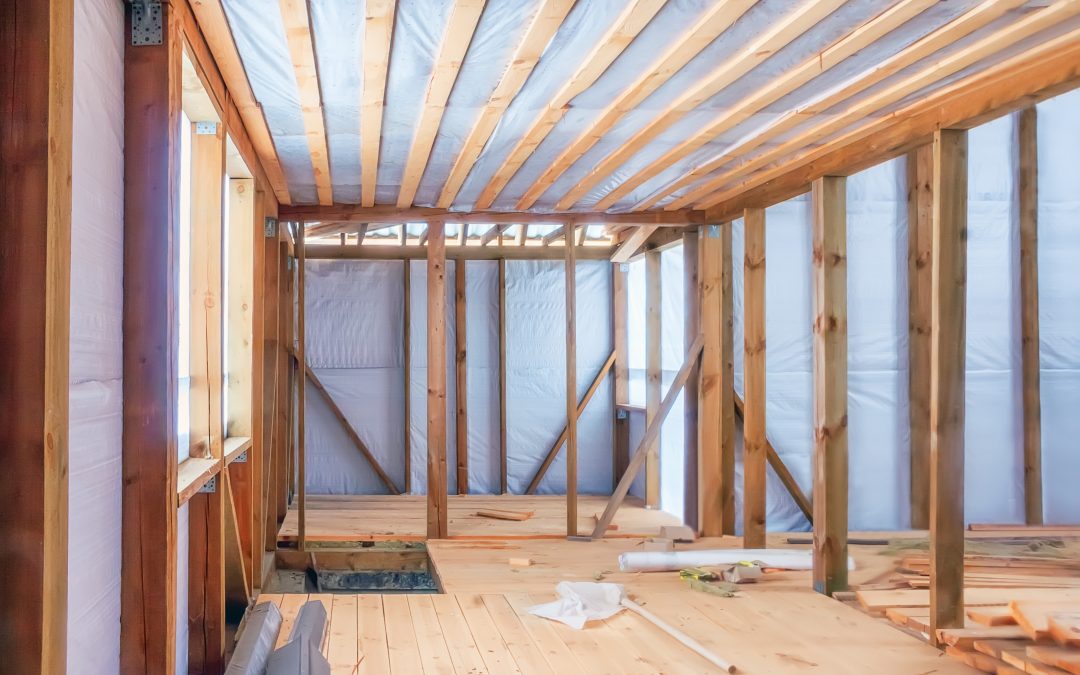New homes present a great opportunity to affect more efficient energy use, because the home’s building shell, which is the most important component of the home’s energy performance, will remain unchanged for many years to come. There is really only one chance to build the shell of the home right.


| Human | House | |
|---|---|---|
| Temp Inside | 98.6 | 72 |
| Temp Outside | 0 | 0 |
| Top | Beanie R-5 | Attic Insulation R-38 |
| Sides | Coat R-3, Pants R-2 | Wall Insulation R-15 |
| Bottom | Shoes R-3 | Slab Insulation R-5 |
| Heat Distribution | Heart, Arteries | Furnace, Boiler, Ductwork |
| Pollutant Elimination | Lungs, Liver, Waste Systems | Ventilation, Filtration Systems |
The house and the body have an internal heat source, and both need insulation to slow heat loss on a cold winter’s day. Heat flow increases with the increasing difference of inside to outside temperature. Our body’s internal temperature is constant around 98.6 degrees Fahrenheit. If the outside temperature is 60 degrees Fahrenheit, we may need only a light jacket to sufficiently resist heat loss from a 38.6 temperature difference. When it is 10 degrees outside, however, our internal heat source turns up to high, and we would feel the cold if we don’t have heavy layers of insulation between us and the outside. The same is true with our homes. If it is 10 degrees Fahrenheit outside, and we want to keep our homes at a comfortable 70 degrees, we need to have an efficient heat source and insulation between the inside and the outside of the home.
Heat flows from warmer to cooler areas and also tends to rise. On a very cold day, a hat or beanie can provide you with great protection from the cold because the human head exhausts a tremendous amount of heat. Attic insulation is, similarly, a very important barrier against heat loss in the home. Attic insulation should be continuous (no large holes) and eliminate pathways for heat to escape. On the body we might provide a barrier against bulk airflow with fabrics that breathe, and resistance to heat flow with cotton or wool. Similarly, the home requires drywall as an air barrier and insulation as a heat barrier.
If you have ever been skiing or sledding you know that invariably some part of the insulated shell around you fails. The failure might be due to separation between the coat and the gloves, too thin of socks, or even a hole in the knee. If there is a weak spot in our protection we recognize it quickly. Unfortunately, failures in the insulated shell of the home are more difficult to recognize. They may be due to holes in the attic insulation due to leaky can lights and attic hatches, leaky windows and doors, and poorly-sealed fireplaces. These failures in the home’s protection can be costly and can make the home uncomfortable.
Just as you would protect yourself and your family from the cold during your outside adventures, protect the contents of your home from the hot and cold weather by providing a continuous barrier against the outdoors.

